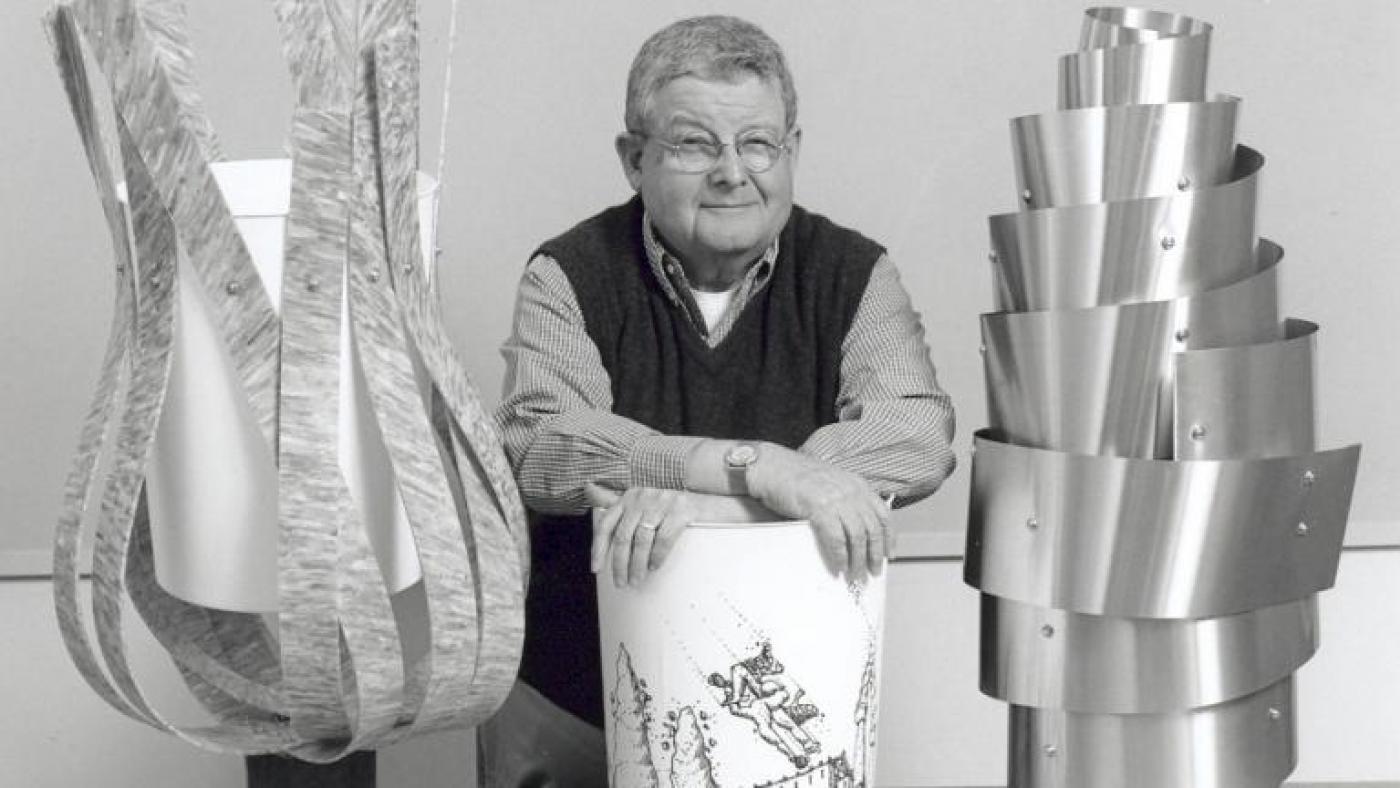Idiosyncratic Chicago Architect Stanley Tigerman Has Died
Daniel Hautzinger
June 4, 2019

Stanley Tigerman, a Chicago-based architect known for his idiosyncratic views and buildings, has died at the age of 88. A Chicago native, Tigerman designed the Illinois Holocaust Museum and Education Center in Skokie, the dog-faced Anti-Cruelty Animal Shelter on LaSalle Street in Chicago, the Boardwalk Apartments in Uptown, and a now-demolished library for the blind near Roosevelt and Blue Island, among other commissions around the country. Tigerman started his own firm in 1962, after working for Skidmore, Owings & Merrill. His wife, fellow-architect Margaret McCurry, joined the firm, now known as Tigerman McCurry, in 1982. He was also the director of the University of Illinois at Chicago School of Architecture.
Tigerman gained national prominence in the 1970s as part of a group called the Chicago Seven, who sought to push back against the dominant modernist style of architecture, which they saw as a watered-down version of Ludwig Mies van der Rohe's visions. He is especially remembered for an image called "The Titanic" of Mies's revered S. R. Crown Hall, on the Illinois Institute of Technology campus, sinking into Lake Michigan. Ever since, he has been "Chicago's resident architectural curmudgeon," as the Chicago Reader recently called him.
Celebrate his legacy and enjoy taking in his contrarian opinions in this 2013 interview with Geoffrey Baer, another from the previous year, and a WTTW News remembrance of him.
Plus, watch Tigerman, at the beginning of his notoriety, expound on his distaste for the homogeneity of much modern architecture as well as his own philosophy of architecture in excerpts from an archival 1971 interview with John Callaway. "That's part of my interest, is that things die," he says. "They're not permanent. I do not believe in life after death. I believe in irony. I believe in humor."







